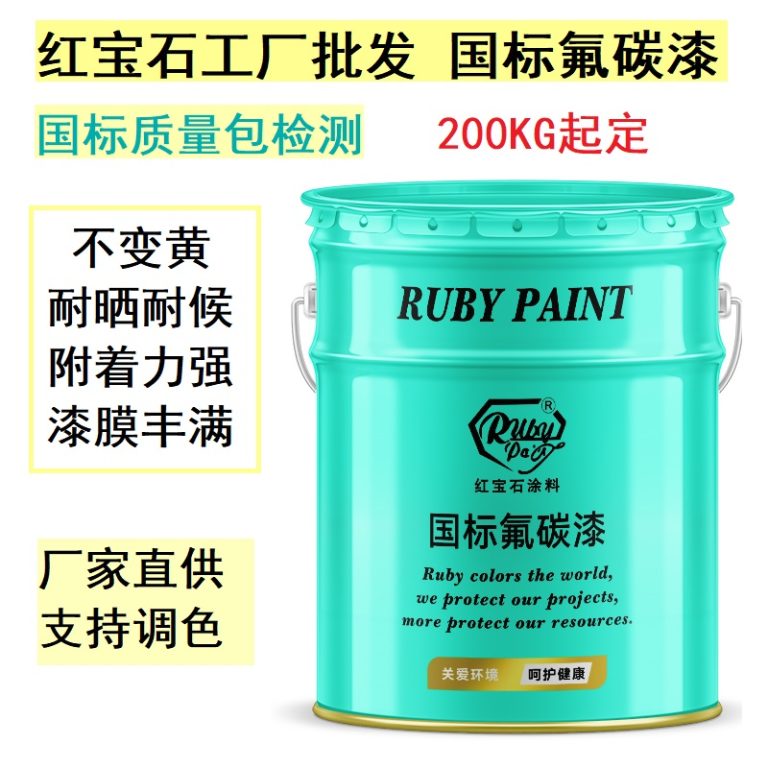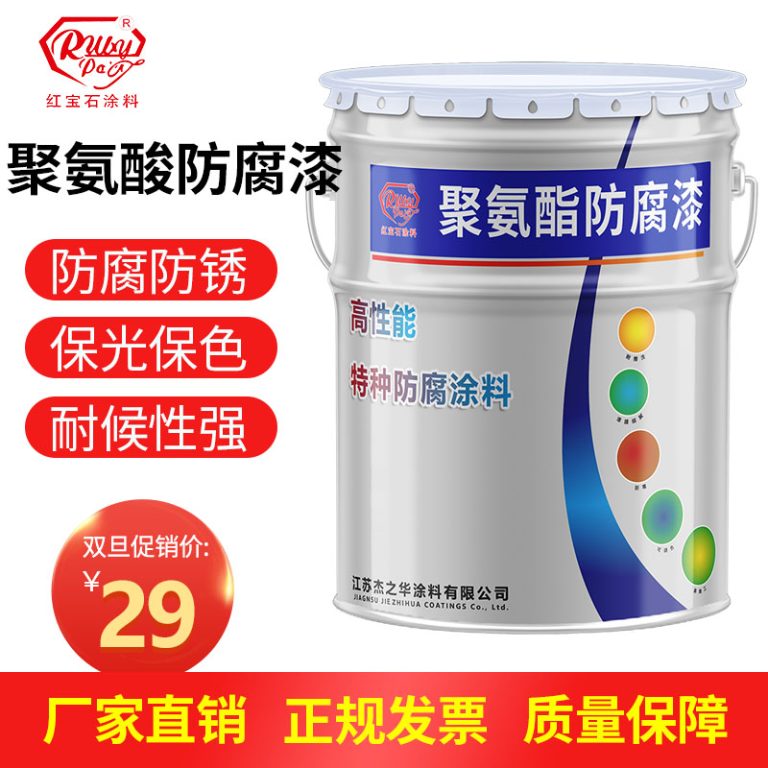Table of Contents
Benefits Of Vinyl Flooring For Home Renovations
Vinyl flooring has become an increasingly popular choice for home renovations due to its numerous benefits. This versatile flooring option offers homeowners a cost-effective and durable solution that can mimic the look of more expensive materials such as hardwood, stone, or ceramic tiles. As a result, vinyl flooring provides an excellent opportunity to achieve a high-end look without breaking the bank.

One of the primary advantages of vinyl flooring is its affordability. Compared to other flooring materials, vinyl is relatively inexpensive, making it an attractive option for those working within a budget. This cost-effectiveness does not come at the expense of quality, however. Modern vinyl flooring is manufactured using advanced technology that enhances its durability and appearance. It is designed to withstand heavy foot traffic, resist stains, and maintain its color and pattern over time, making it a practical choice for busy households.
In addition to its durability, vinyl flooring is also incredibly easy to maintain. It requires minimal upkeep, as it is resistant to spills and moisture. Simple sweeping and occasional mopping are usually sufficient to keep vinyl floors looking clean and new. This low-maintenance aspect is particularly appealing to those who do not have the time or inclination to engage in extensive cleaning routines.
Another significant benefit of vinyl flooring is its versatility in design. With a wide range of colors, patterns, and textures available, vinyl can be tailored to suit any interior design style. Whether you prefer a classic wood grain look, a sleek and modern aesthetic, or a rustic stone appearance, there is likely a vinyl flooring option that meets your needs. This ability to replicate the appearance of more expensive materials allows homeowners to create their desired ambiance without compromising on cost.
Furthermore, vinyl flooring is a comfortable and practical choice. It is softer underfoot than many other hard surface flooring options, providing a more comfortable walking experience. This can be particularly beneficial in areas of the home where people spend a lot of time standing, such as the kitchen. Additionally, vinyl flooring can be installed with padded underlayment, which further enhances its comfort and also provides sound insulation, reducing noise levels within the home.
Vinyl flooring is also an environmentally friendly option. Many manufacturers now produce vinyl flooring using recycled materials, and the product itself is recyclable at the end of its lifespan. This sustainability aspect is increasingly important to environmentally conscious homeowners who are looking to reduce their ecological footprint.
Finally, the installation process of vinyl flooring is relatively straightforward, making it an ideal choice for do-it-yourself enthusiasts. It can be installed over most existing floors, and the availability of different installation methods, such as click-lock, glue-down, or loose lay, provides flexibility depending on the specific needs of the renovation project.
In conclusion, vinyl flooring offers a multitude of benefits for home renovations. Its affordability, durability, ease of maintenance, design versatility, comfort, environmental friendliness, and ease of installation make it an attractive option for homeowners looking to update their living spaces. Whether you are renovating a single room or overhauling your entire home, vinyl flooring provides a practical and stylish solution that can meet a wide range of aesthetic and functional requirements.
Installation Tips For Vinyl Flooring
Vinyl flooring has become a popular choice for many homeowners due to its durability, affordability, and versatility. When it comes to installing vinyl flooring, there are several tips and tricks that can help ensure a successful and long-lasting installation.
First and foremost, it is essential to properly prepare the subfloor before laying down the vinyl. The subfloor should be clean, dry, and level to prevent any issues with the vinyl adhering properly or laying flat. Any debris, dust, or moisture on the subfloor can cause the vinyl to bubble or warp over time. If the subfloor is uneven, it may be necessary to use a self-leveling compound to create a smooth surface.
Once the subfloor is prepared, it is important to acclimate the vinyl flooring to the room’s temperature and humidity levels. This can be done by leaving the vinyl in the room for at least 48 hours prior to installation. This step helps to prevent the vinyl from expanding or contracting after it has been installed, which can lead to gaps or buckling.
| No. | Article Name |
| 1 | Fluoracarbon middle paint |
When it comes to actually laying the vinyl, it is crucial to measure and cut the pieces accurately. Using a sharp utility knife and a straight edge can help ensure clean, precise cuts. It is also important to leave a small gap around the perimeter of the room to allow for expansion and contraction. This gap can be covered with baseboards or quarter-round molding for a finished look.
For adhesive vinyl flooring, it is important to use the correct type of adhesive and to apply it evenly across the subfloor. This will help to ensure that the vinyl adheres properly and does not shift or lift over time. It is also important to roll the vinyl with a floor roller after installation to remove any air bubbles and ensure a strong bond.
| Serial Nr. | Product Name |
| 1 | Epoxy Zinc rich paint |
For click-lock vinyl flooring, it is important to carefully align the pieces and click them together securely. This type of vinyl flooring does not require adhesive, but it is still important to ensure that the seams are tight and that there are no gaps between the pieces.
Finally, it is important to take care of the vinyl flooring after installation to ensure its longevity. This includes cleaning it regularly with a mild detergent and avoiding harsh chemicals or abrasive cleaners. It is also important to use furniture pads or coasters under heavy furniture to prevent dents or scratches.
In conclusion, installing vinyl flooring can be a relatively simple and cost-effective way to update the look of a room. By properly preparing the subfloor, acclimating the vinyl, measuring and cutting accurately, using the correct adhesive or click-lock system, and taking care of the flooring after installation, homeowners can enjoy a beautiful and durable new floor for years to come.





